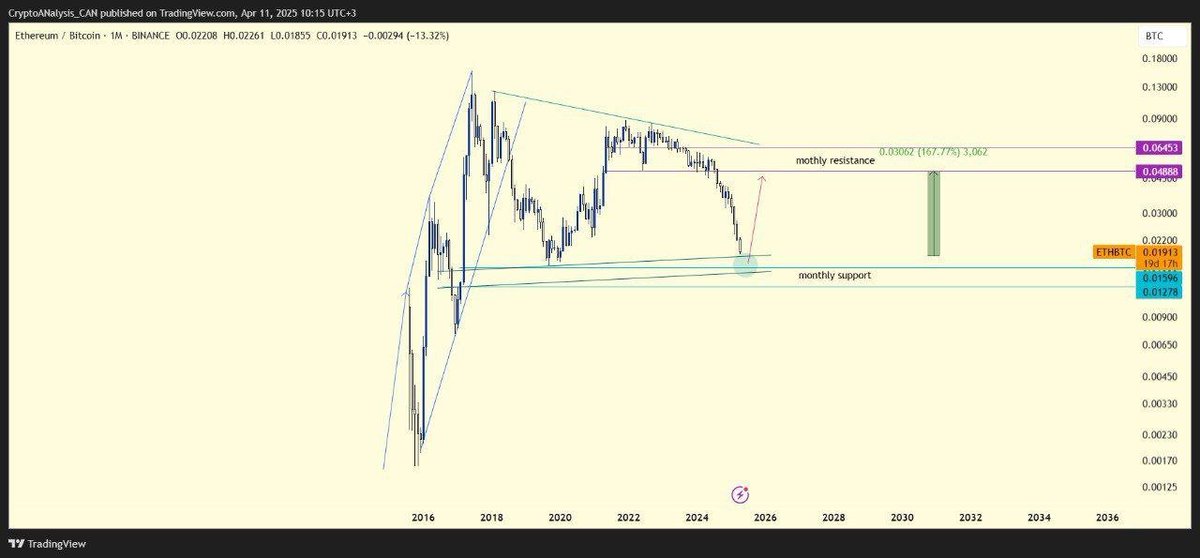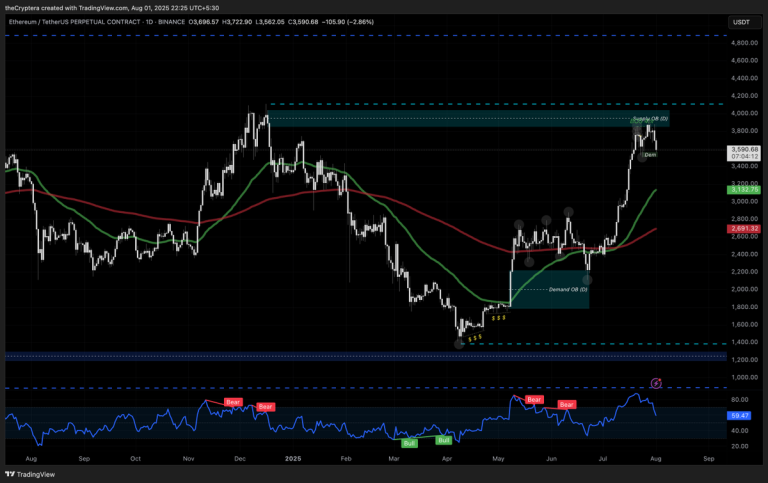
Ethereum’s Privacy Puzzle: A Deep Dive into #ETHBTC & #ETH.D Roadmaps
Introduction
In the dynamic world of cryptocurrencies, Ethereum (ETH) has carved a niche for itself as the second-largest blockchain by market capitalization. However, its transparency, a feature often celebrated, also presents challenges, particularly around privacy. Let’s delve into the intricacies of Ethereum’s privacy landscape, explore the solutions proposed by #ETHBTC and #ETH.D roadmaps, and analyze their potential impacts.
The Privacy Conundrum
Forced Transparency: A Double-Edged Sword
Blockchains like Ethereum and Bitcoin are inherently transparent. This openness allows for robust security, community scrutiny, and regulatory compliance. However, it also leads to privacy leaks, where users’ financial habits and transactions can be traced and analyzed [1].
Privacy in DeFi: A Critical Gap
Decentralized Finance (DeFi) applications, built on Ethereum, have gained significant traction. Yet, the lack of privacy in these platforms poses risks. Users’ transactions can be tracked, potentially leading to financial censorship, targeted attacks, or reputation damage [2].
Ethereum’s Privacy Solutions: #ETHBTC & #ETH.D
#ETHBTC: Leveraging Bitcoin’s Privacy
The #ETHBTC roadmap proposes integrating Bitcoin’s privacy features, such as CoinJoin and Confidential Transactions, into the Ethereum ecosystem. This would enable users to:
– Aggregate transactions to obfuscate their transaction history.
– Conceal transaction amounts to prevent value tracking.
#ETH.D: A New Privacy-Focused Chain
The #ETH.D roadmap suggests forking Ethereum to create a new, privacy-centric chain. This would allow for:
– Ring signatures to hide the sender’s identity.
– Stealth addresses to mask the recipient’s address.
– ZK-SNARKs to enable private smart contracts and off-chain computations.
Analysis: Challenges and Opportunities
Challenges
– Compatibility: Integrating privacy features without disrupting Ethereum’s existing ecosystem and dApps is a significant challenge.
– Regulatory Compliance: Enhanced privacy could potentially hinder regulatory oversight, raising legal and political hurdles.
– Resource Intensity: Privacy-enhancing technologies often come with increased computational and storage requirements.
Opportunities
– User Adoption: Enhanced privacy could attract a broader range of users, including those from traditionally privacy-conscious sectors.
– Regulatory Engagement: Proactive engagement with regulators could help shape a favorable legal landscape for privacy-focused blockchains.
– Technological Innovation: The development of privacy features could stimulate further innovation in the Ethereum ecosystem.
Conclusion: The Path Forward
Privacy: A Necessary Evolution
As Ethereum continues to grow and evolve, so too must its approach to privacy. The #ETHBTC and #ETH.D roadmaps offer promising solutions, each with its unique set of challenges and opportunities. The Ethereum community must engage in open dialogue, fostering a collaborative environment to navigate these complexities and shape a future where privacy and transparency coexist.
Sources:
[1] Ethereum’s Privacy Problem
[2] Privacy in DeFi: A Critical Gap








